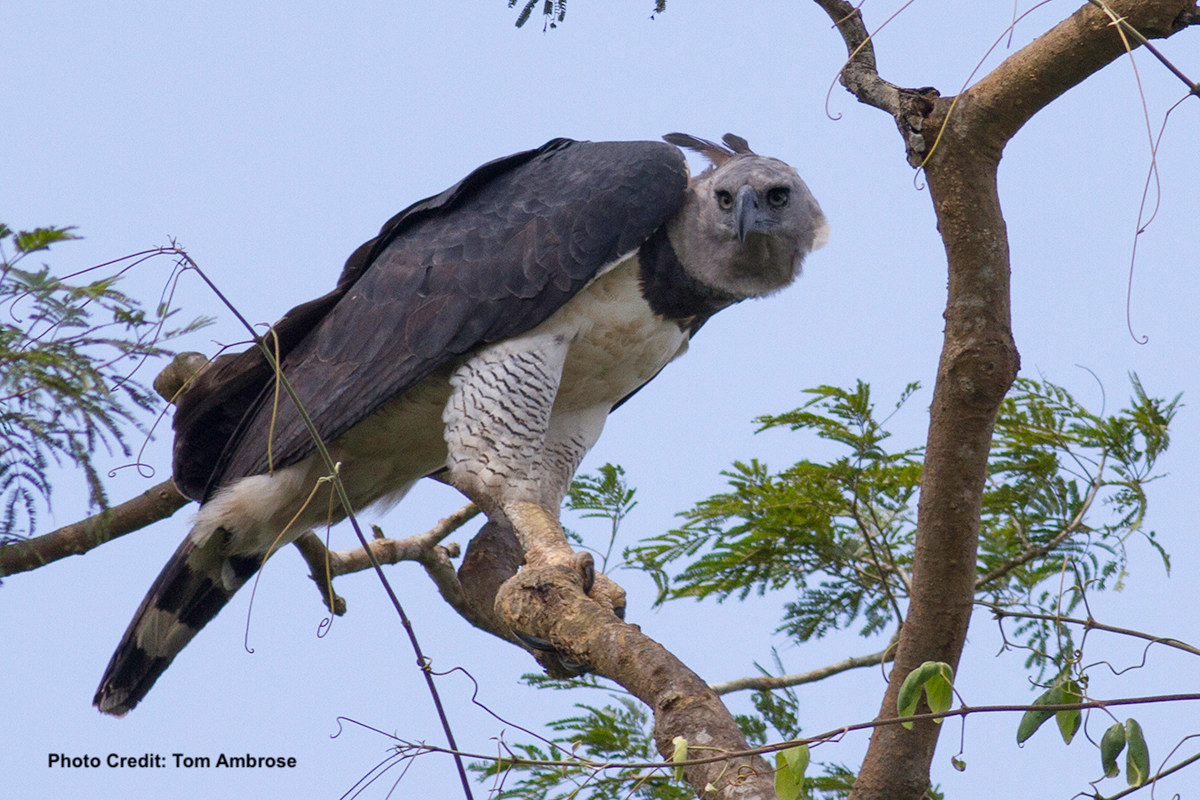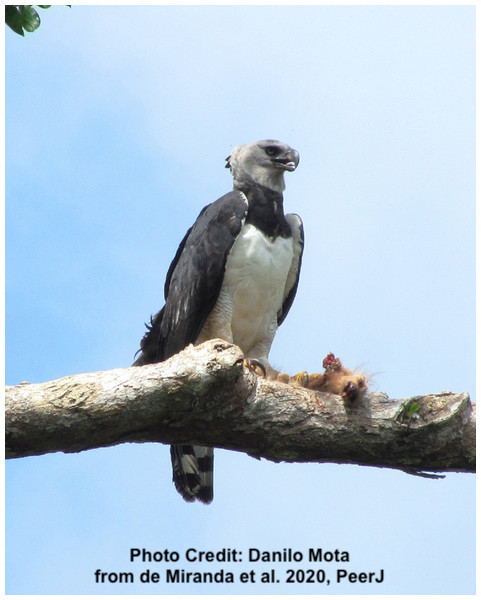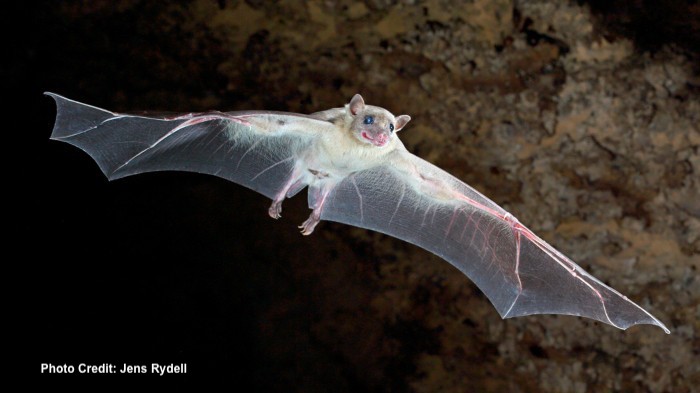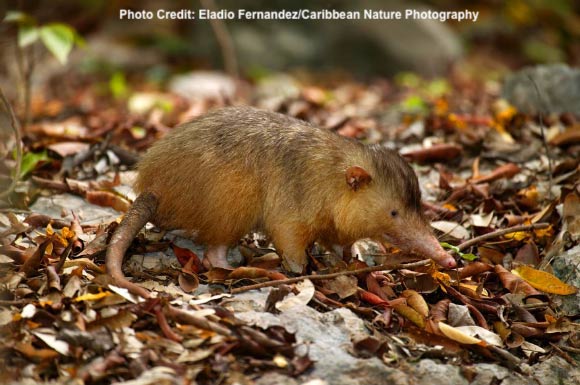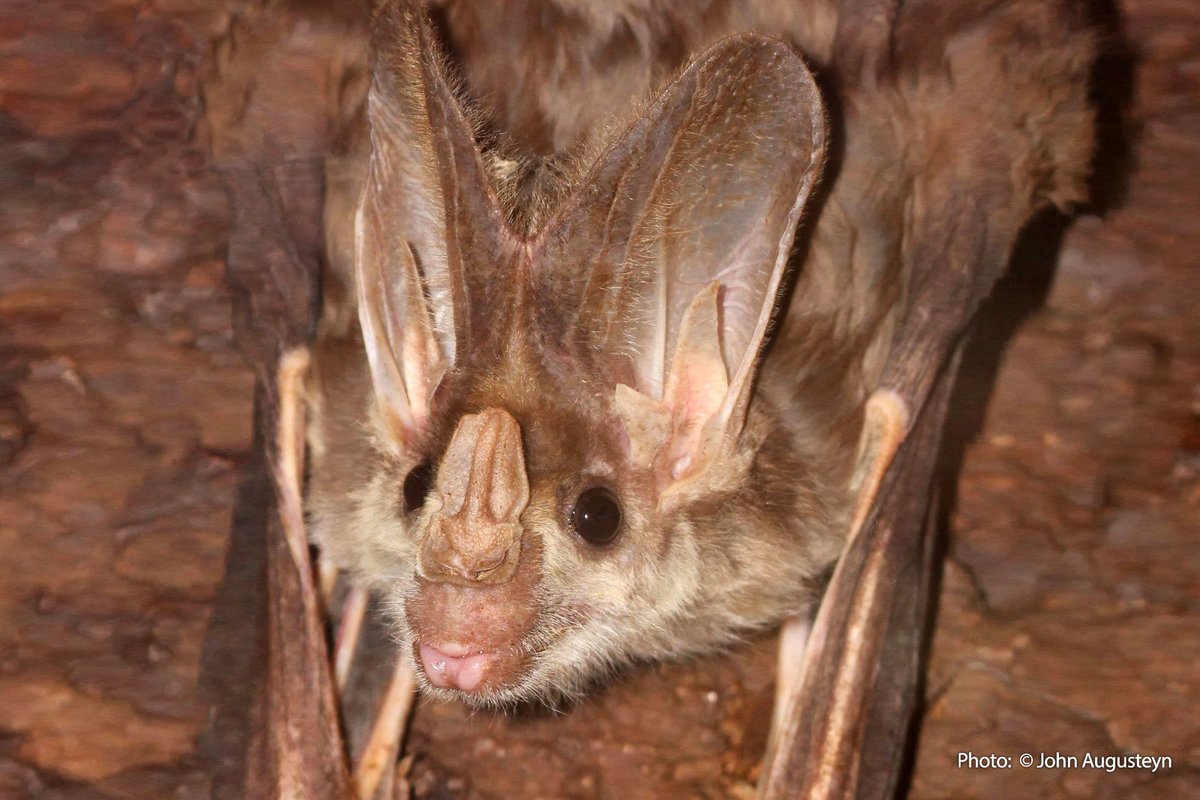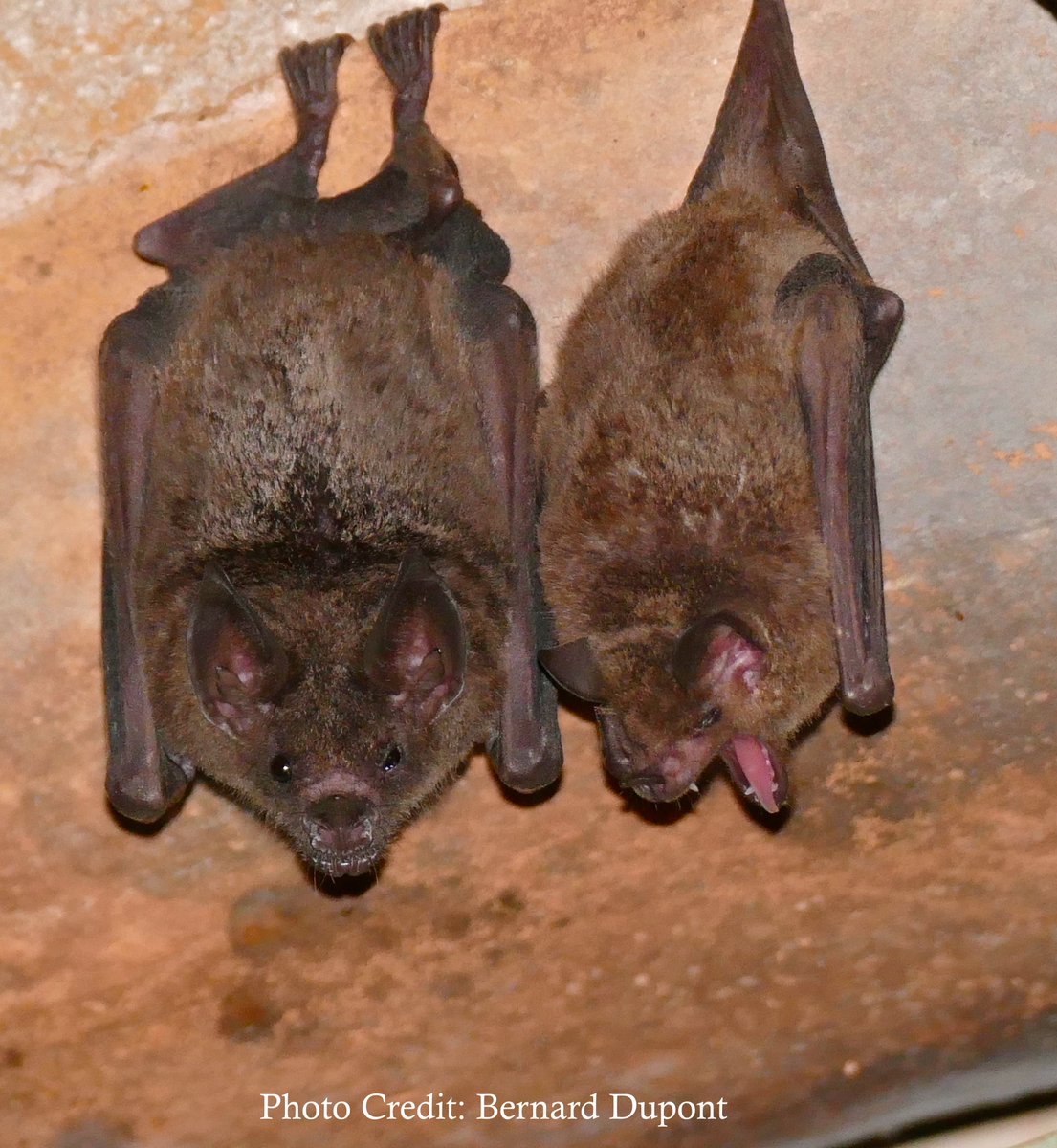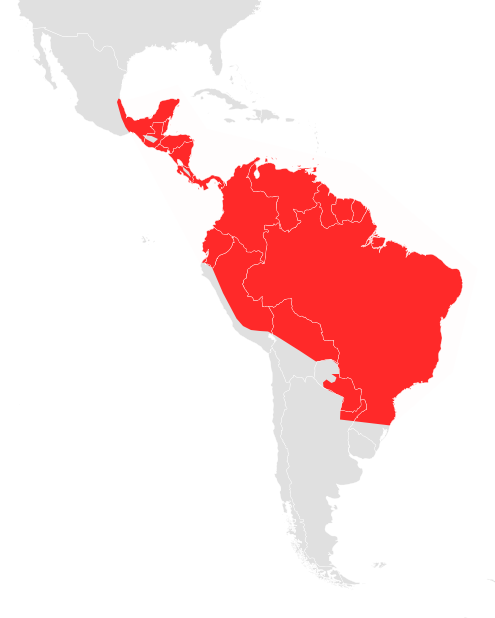
UP NEXT: #1 seed Dugong vs #12 seed Egyptian Fruit Bat, featuring #TricksyTaxonomy tweets from @StoneLab_ASU and @sexchrlab! #2021MMM 



The Dugong has floated through the past two rounds, mostly busy making sure it gets its several hundred square meals a day. The Egyptian Fruit Bat (EFB) surprised everyone in an early upset before defeating the Solenodon in a well-timed figfall #FigGate #2021MMM
Taxonomic relationships within the fruit bats (Pteropodidae) are also tricksy but combining mtDNA & nuclear DNA shows that Egyptian fruit bat is closest to the Malagasy & Comoros fruit bats diverging from them ~2.3 MYA (Almeida et al 2016, bit.ly/FruitBatGen) #2021MMM 

Considered "Least Concern' by the IUCN, EFBs have a widespread distribution & adapt to a range of environments (Kwiecinski & Griffiths 1999, bit.ly/EFB_MS). They are vulnerable to subsistence hunting & persecution due to disease fears #2021MMM
Eating figs (and other commercial fruits) can also get EFBs into trouble with humans, especially commercial fruit growers. In some areas, bats were routinely managing by shooting & fumigating caves with poison (Hadjisterkotis 2006, bit.ly/BatPests) #2021MMM 

Analysis of mtDNA from Dugong from 14 natural history museum & university collections spanning 1827-1996 shows little geographic structure across populations in the West Indian Ocean, but a loss of genetic diversity, after 1950 (Plön et al 2019, bit.ly/DugongGen) #2021MMM 

The Dugong's dependence on fragile seagrass habitat leaves it vulnerable to many threats, including habitat loss & degradation from coastal development, oil & sewage pollution, & agricultural run-off (Marsh et al 2003, bit.ly/DugongFuture) #2021MMM 

Dugongs are frequently accidentally entangled in mesh fishing nets. Marine Protected Areas (MPAs), which limit or ban fishing activity, are one way conservationists are working to protect marina megafauna like dugongs (Nocito & Brooks 2020, bit.ly/MPAsKids) #2021MMM
TONIGHTS BATTLE is in the glistening waters of Wadi El-Gemal National Park & surrounding MPA in Egypt. A small population of dugongs resides in these waters, though there is still much to learn about their Red Sea habits (Shawky et al 2017 bit.ly/3cfyn2e) #2021MMM 

Our living vacuum cleaner *cough*, I mean, Dugong, is drifting slowly, leaving a "conspicuous feeding trail through the beds of sea grass" (Husar 1978, bit.ly/2OWAYWe). Instead of using his "shovel face" to dig, he's nibbling gently. #2021MMM 

Nibbling keeps him aware. Dugongs adjust their feeding behavior, digging more when there are fewer predators - aka #SeascapeOfFear (Wirsing et al 2008, bit.ly/3skj7ab). The EFB soars overhead, looking for familiar landmarks by which to navigate #2021MMM
But there are none, just glistening coastal waters! EFB's in Egypt have home ranges ~30 sq km (Bachorec et al 2020, bit.ly/3sjPrtv), & this EFB is a few hundred km from its inland cave & desert habitat. #2021MMM 

Swish swish...Something is stirring the amongst the seagrasses. #2021MMM
SPLASH! The EFB, while trying to dip down for a cooling splash of water to his chest, is thrown off balance by a wave in to the water. #2021MMM
The bat propels itself forward against the surf, his half-extended wings flapping in unison in an awkward imitation of a butterfly stroke (or should we say "bat-erfly"? (video re-enactment: bit.ly/39blSTC) #2021MMM
Though bats are more dexterous in the water than we would think (Twente 1958, bit.ly/31cS8kX)) its not their preferred method of locomotion. The EFB tries to orient towards land, but it's too far. His wingbeats slow and he begins to sink. #2021MMM
Also known as the #GarbageCanOfTheSea, Tiger Sharks will eat just about anything (including bats!, Simpfendorfer 1992, bit.ly/2P2vtFo), but this one was aiming for its preferred prey - the foraging Dugong! #2021MMM 

Tiger Sharks are generally rare in the Red Sea, though bait provisioning for tourism in the area may help attract them & other shark species to shallower reef areas (Gallagher et al 2015, bit.ly/3d4v5xX) #2021MMM
The shallow seagrass beds are a risky spot for dugongs, but the grass is much tastier (and more nutritious: Wirsing et al 2007, bit.ly/3ckgHml). The Dugong lifts its head from the sand, just in time to see the gaping maw of the Shark... #2021MMM
...as it closes on the EFB's flailing body! In a surprising burst of speed (up to 20 km/h, Husar 1978), the Dugong turns tail, making its way to safer waters. #DuGONE #2021MMM
DUGONG OUT-SURVIVES THE EGYPTIAN FRUIT BAT! #2021MMM
• • •
Missing some Tweet in this thread? You can try to
force a refresh

